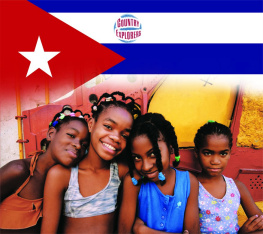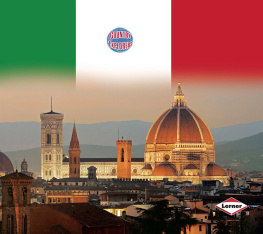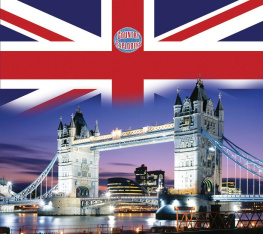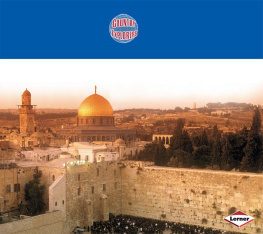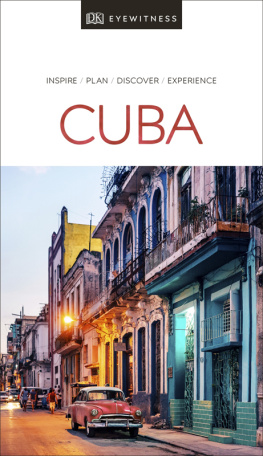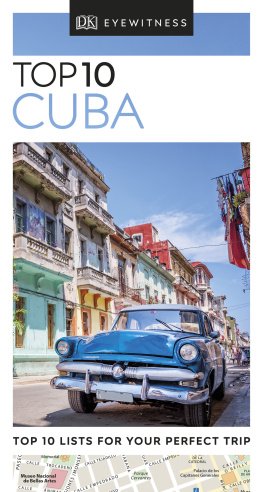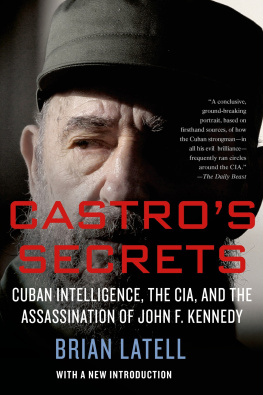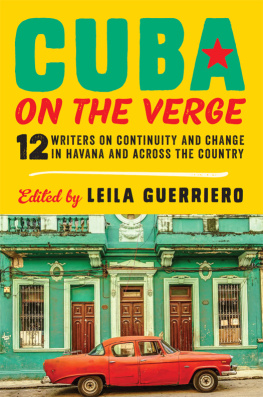Copyright 2011 by Lerner Publishing Group, Inc.
All rights reserved. International copyright secured. No part of this book may be reproduced, stored in a retrieval
system, or transmitted in any form or by any meanselectronic, mechanical, photocopying, recording, or otherwise
without the prior written permission of Lerner Publishing Group, Inc., except for the inclusion of brief quotations in an
acknowledged review.
Lerner Publications Company
A division of Lerner Publishing Group, Inc.
241 First Avenue North
Minneapolis, MN 55401 U.S.A.
Website address: www.lernerbooks.com
Library of Congress Cataloging-in-Publication Data
Cavallo, Anna.
Cuba / by Anna Cavallo.
p. cm. (Country explorers)
Includes index.
ISBN 9780761353171(lib. bdg. : alk. paper)
1. CubaJuvenile literature. I. Title.
F1758.5.C38 2011
972.91dc22 2009042322
Manufactured in the United States of America
1 VI 7/15/10
Table of Contents
Welcome!
Were heading to Cuba! Cuba is an island country.
It reaches from the Gulf of Mexico on its west
coast to the Atlantic Ocean on its east coast. The
Caribbean Sea touches Cubas southern coast.
The Bahamas and the U.S. state of Florida are
Cubas neighbors to the north. Jamaica lies to the
south. Haiti is Cubas closest neighbor. It sits to
the southeast.
Varadero Beach is one of
Cubas many beautiful,
sandy beaches.
The Land
Low plains and rolling hills make up much of Cuba. Farmland
and tropical trees cover these areas.
Mountains rise beyond
green farm fields and
tropical trees.
delay
Mountains rise up in other parts of the country.
The Sierra Maestra is a mountain range in the
southeast. It includes Pico Turquino, the islands
highest point. The Organos and the Rosario
ranges lie in western Cuba.
A gentle mist hovers over
the treetops along the Sierra
Maestra mountain range.
Map Whiz Quiz
Take a look at the map on page Trace
the outline of Cuba onto a sheet of paper.
Can you find the tip of Florida? Mark
that with an N for north. What about
Haiti? Label it with an E for east. Find
Jamaica. Mark it with an S for south.
Then color the water around Cuba blue.
A Sea of Life
Coral reefs form just off Cubas coasts. Reefs are ridges.
Tiny animals called coral polyps build them.
This tropical
fish is called a
sergeant major.
It is swimming over
fan corals off
Cubas coast.
delay
Coral reefs are full of life. Small fish, eels, sponges, and
other sea animals make their homes in the reefs. This gives
them protection. Turtles, sharks, and other large fish roam
in the area, hunting for food.
Different types of coral
grow at the bottom of
the Caribbean Sea.
Two Seasons
Cuba is warm all year. The island has just two seasons.
The dry season runs from November to April. May through
October is the rainy season.
Guests at these tourist
hotels can relax by the
shore or play in the surf
of the Caribbean Sea.
delay
Hurricanes can strike during the rainy
season. These storms form over ocean
water. They bring lots of rain and strong
winds. Hurricanes often cause flooding
along the coasts.
Guantnamo Bay
The U.S. Navy has kept a base
at Guantnamo Bay, Cuba, since
1903. The base is on the southern
coast. It is the oldest U.S. military
base outside the United States.
After a hurricane, a tree
blocks a sidewalk in Havana,
the capital of Cuba.
Early Cubans
Some of the first people to live in Cuba were Arawak Indians.
One group lived in villages. They farmed, hunted, and fished.
They also made statues and canoes.
An Arawak village
in the 1400s
would have looked
like this. This
village is part of
a museum in
eastern Cuba.
delay
But in 1492, Spanish explorers sailed
to Cuba. They claimed the island for
Spain. Soon the Spanish took over.
Spain ruled Cuba for four hundred
years. Cuba became a separate
country in 1902.
In this engraving from 1683, slaves
are working for the Spanish owners
of a sugar plantation (a large farm).
Cuban Slaves
The Spanish settlers made the
Arawak people work as slaves.
Most Arawaks died from sickness
or bad treatment. Then the
Spanish brought slaves from Africa
to work for them. Cuban slavery
ended in 1886.
People
Many people in modern Cuba have ancestors
(long-ago relatives) who were Spanish
settlers. Other Cubans have African roots.
These Cuban
musicians are of
African descent.
They are playing
drums for a crowd
in Havana.
delay
About half of Cubans are a mixture of Spanish, African,
and Arawak backgrounds. They make up the largest
group. A small number of Chinese people live in Cuba too.
Some Cuban schoolchildren
have ancestors from many
different ethnic groups.
New Leaders
Cubans fought against Spanish rulers again and again. Finally,

